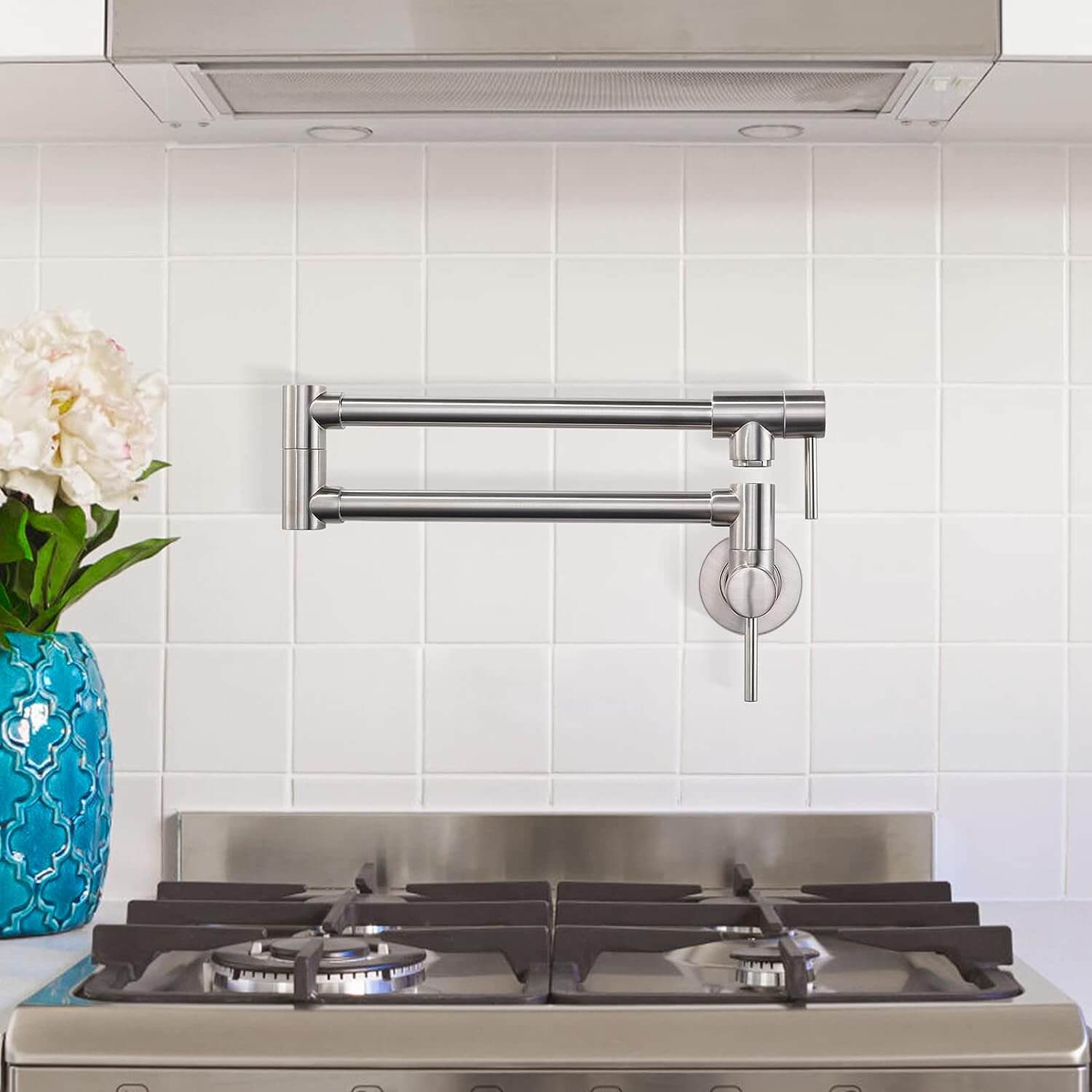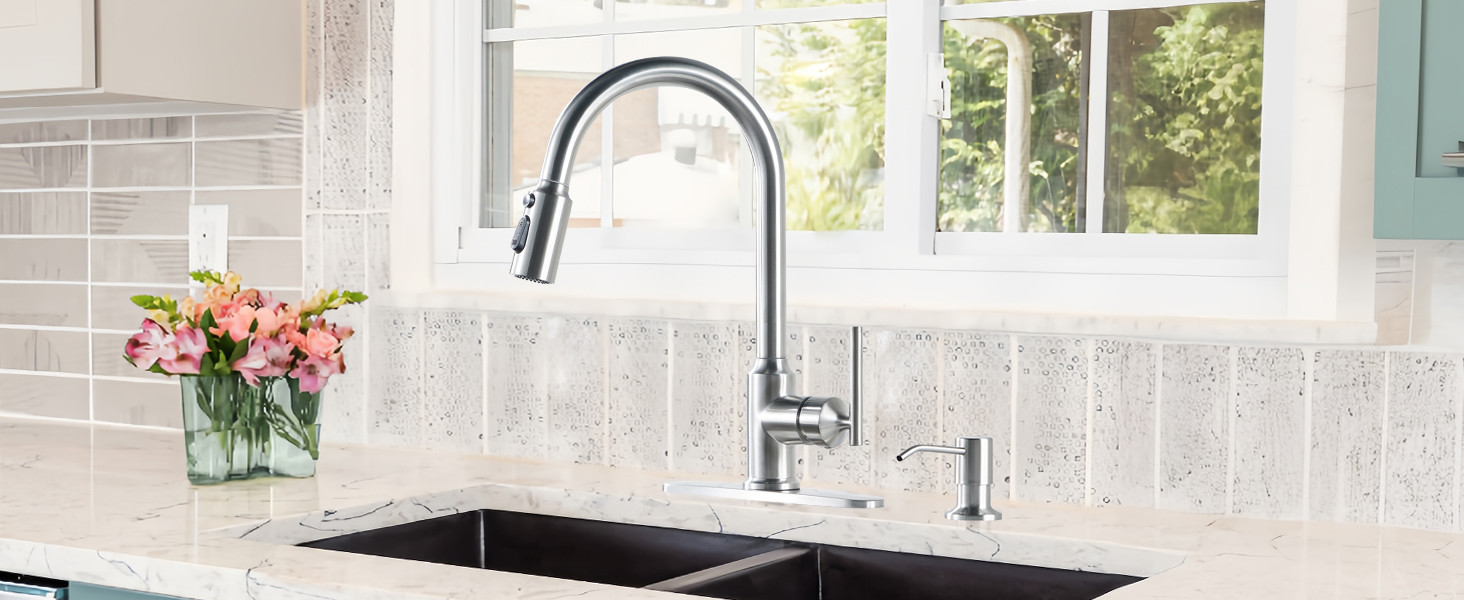How to replace a faucet cartridge? Maintaining a home isn’t always an easy task, especially when it comes to handling plumbing issues. However, there’s one plumbing repair that homeowners can tackle with a little confidence and basic know-how: replacing a faucet cartridge. This article will guide you through the process of [how to replace a faucet cartridge.
Introduction: Understanding Your Faucet
Before diving into the repair, it’s essential to understand your faucet. There are four main types of faucets: ball, disc, cartridge, and compression. This guide focuses on cartridge faucets, a popular choice due to their durability and straightforward maintenance. Identifying the type of faucet you have will not only help you understand how it works but also allow you to purchase the appropriate replacement cartridge.
How to replace a faucet cartridge
Step 1: Gathering the Necessary Tools and Materials
Every project begins with gathering the necessary tools and materials. For this task, you’ll need an adjustable wrench, a set of screwdrivers, a new faucet cartridge, some plumber’s grease, and a soft cloth. Keeping everything close at hand will help streamline the process and make your job easier.
Step 2: Preparing for the Replacement
Safety and preparation are crucial in any DIY project. Ensure that you have shut off the water supply to your faucet to prevent any accidental water discharge. Also, open the faucet to release any water pressure that might still be present. It’s a good idea to put a cloth over the drain to prevent any small parts from falling in during the replacement.
Step 3: Getting to Know Your Faucet
Before we get to the actual removal and replacement process, let’s take a moment to understand the parts of your faucet. When you remove the handle of the cartridge faucet, you’ll notice various components such as the retaining screw, the stem, and the cartridge itself. Familiarize yourself with these parts because understanding their roles will make the replacement process easier.
Step 4: Removing the Faucet Handle
Start by removing the faucet handle. Most cartridge faucets have a decorative cap on the handle that hides the retaining screw. Gently pry off this cap using a flat-head screwdriver. Once the cap is removed, unscrew the retaining screw, and lift off the handle.
Step 5: Extracting the Old Faucet Cartridge
Now you’ve exposed the cartridge. To remove it, use an adjustable wrench to carefully rotate it back and forth. This motion will loosen the cartridge, allowing you to lift it out of the faucet assembly. Exercise patience and refrain from using too much force as it may damage your faucet.
Step 6: Preparing the New Cartridge
Once the old cartridge is out, prepare the new one by applying a thin layer of plumber’s grease on the O-rings. The grease helps secure the cartridge in place and eases future replacements.
Step 7: Installing the New Faucet Cartridge
Now it’s time to install the new cartridge. Align it with the opening in the faucet and gently push it into place. Remember to align it as per the orientation of the old cartridge to ensure proper functioning.
Step 8: Reassembling the Faucet
Having installed the new cartridge, the next step is to reassemble the faucet. Place the handle back onto the stem of the cartridge, replace the retaining screw and tighten it. Don’t forget to replace the decorative cap back onto the handle.
Step 9: Testing the Faucet
Now that everything is back in place, it’s time to test your handy work. Restore the water supply and slowly turn the faucet handle. Let the water run for a few minutes and watch for any leaks around the base of the handle and faucet. Test the handle operation to ensure smooth movement.
Conclusion: Wrapping Up
Replacing a faucet cartridge may seem challenging, but with patience, the right tools, and this guide, it’s a task you can accomplish. Remember that although DIY can save money, there’s no harm in consulting a professional if you’re unsure about any step. Nonetheless, having accomplished this repair, you’ve added a new skill to your DIY repertoire and taken one more step towards being a proficient home maintainer.







